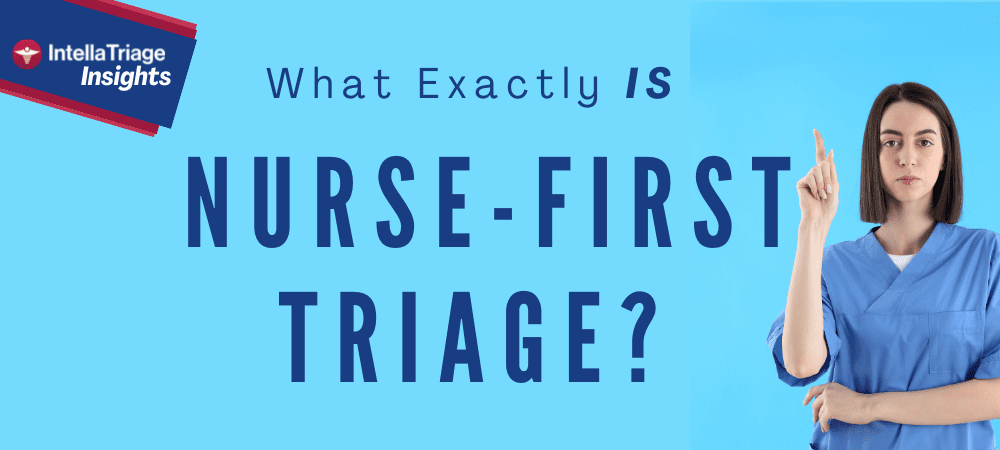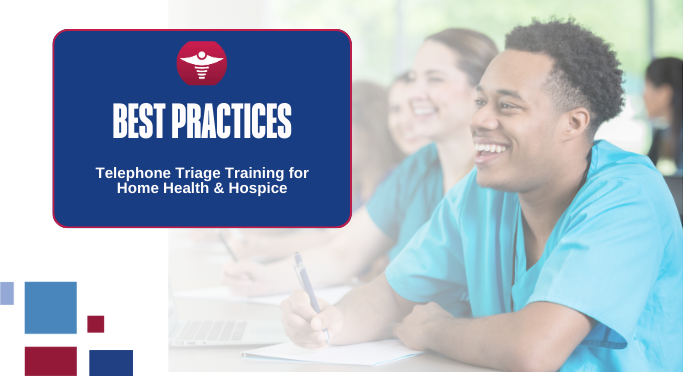For hospice and home health organizations, effective management of triage calls impacts entire care teams and the patients in their care. At IntellaTriage, we often speak about the standard models of after-hours triage solutions. We firmly believe the nurse-first triage model is the most effective in decreasing nurse burnout, improving patient experience, and reducing costs. As anyone in healthcare knows, health concerns and patient inquiries aren’t restricted to a 9 to 5 workday. When staff is unavailable, filling the care gaps involves patient calls routed to a call center or a nurse-triage center.
While call centers often focus on routing patients away from speaking to a real person, the nurse-based triage model operates differently. A patient’s inability to reach a nurse can cause frustration and lead to a poor patient experience. Understanding this, nurse-first triage aims to connect the patient or caregiver with a nurse as quickly as possible.
Below, we aim to explain nurse-first triage and how it serves hospice and home health populations. Is nurse-first triage the right fit for your organization?
What is Nurse-First Triage?
Nurse-based triage providers handle inbound and outbound calls, serving patients when needed. This model allows you to be there for your patients 24 hours a day, seven days a week. With their medical training and experience, nurses triage and provide patient support over the phone, significantly reducing the number of on-call staff calls after hours. Therefore, nurse-first triage allows staff time for much-needed rest and recovery, leading to reduced levels of burnout. In nurse-first models like IntellaTriage, triage nurses have direct access to your EMR, enabling them to review each patient’s record in real-time and provide proper guidance. Plus, through care directives tailored through collaborative partnerships with your clinical team, triage nurses operate within your protocols and systems. Triage nurses act as an extension of your team, providing a consistent experience for the patient, no matter where the encounter begins or ends.
With these concepts in mind, here are five value propositions in the nurse-first triage models:
1. Patient Access to Direct Triage Care
First, with new technology and analytics, serving patients can go beyond answering inbound encounters. That is to say, high-level awareness of patient status makes it possible to proactively service a patient before a situation reaches emergency call status.
Nurse-first triage solutions give patients access to professional medical care on the first call, every time they call, minimizing patients experiencing delays in receiving care and reducing emergency room visits. As a result, on-call staff contacts occur less frequently, such as when the patient’s concern is outside the triage nurse’s scope, or an in-person visit is necessary.
2. Decreased Wait Time = Increased Patient Satisfaction
Nurse-first triage providers are always connected and ready to intervene to provide the best care possible. Lowering the time patients and caregivers must spend on the phone decreases frustration and increases patient satisfaction. For example, at IntellaTriage, patients gain direct access to a hospice-experienced nurse on average in less than 60 seconds. Our nurse-first model sets us apart from others in the triage space who rely on non-nurse patient coordinators to answer the first call.
3. Analytics and Reporting in Nurse-First Triage
Obviously, you want to streamline whenever a patient contacts your healthcare organization. The best nurse triage services record every interaction for quality assurance purposes. Triage services can provide critical insights into what happens on each call. Subsequently, organizations can leverage these insights to optimize care and improve the patient experience. Data is available whenever a patient connects with the triage nurse, making exceptional care possible during every interaction. In this way, an organization can derive valuable insights and support continuity of care.
4. Advanced Routing to the Right Nurse or Physician
Certainly, triage nurses can handle a significant percentage of after-hours patient calls. However, when calls need to be forwarded to another party, having patient medical information on hand makes it easier to route patients to the most appropriate and skilled caregiver possible, quickly and accurately. Direct access to the EMR provides triage nurses with the necessary information to make care decisions from the first call.
Patients want to have their concerns addressed quickly. Also, they don’t like spending extra time defining their problem to multiple people or being transferred multiple times during the same call.
5. Better, Consistent Patient Experiences
Nurse triage providers like IntellaTriage prove that continuity of care is possible after-hours. As a result of practical phone-triage training, patient-experience strategy, and client-specific protocols to triage patient concerns, nurse-based triage services provide exceptional patient encounters and serve as an extension of the providers’ team. In addition, nurse-based triage services help providers prioritize the patient experience and implement measures that support their needs.
Is Nurse-First Triage Right for Your Organization?
When it comes down to it, the main decider in how you choose between nurse-based triage and other after-hours models lies in the patient experience. A call or contact center means patients call non-clinical resources hoping to get a timely call back from a nurse or physician. Conversely, a nurse-first triage provider quickly connects your patients with a live caregiver at every encounter – the clear winner in this instance.
IntellaTriage is an all-in-one solution that transforms triage care delivery through well-trained registered nurses. Contact us today for a consultation about what the IntellaTriage nurse-first after-hours triage can do for your hospice or home health organization.
Contact Us for a Consultation
Ready to optimize your triage process? Reach out to us today for a consultation tailored to your needs. Let’s elevate your patient care together.
More From The Blog
Patient needs don’t end with the workday and care shouldn’t either. But sustaining continuous care across all hours is far from simple. The real challenge for home-based care organizations is not in recognizing this truth, but rather in designing systems that can support continuous, clinically sound care across all hours and the full episode of [...]
Post-acute care has been shaped these past years by by workforce shortages, evolving regulatory and payment models, and growing expectations around patient experience. Provider organizations now face a critical inflection point. The decisions leaders make in the next 12 months will materially affect quality care, organizational growth, staff experience, and financial stability for years to [...]
Post-acute triage call volumes continue to rise across hospice and home health, driven by higher census, caregiver anxiety, increased acuity at home, and symptom flare-ups. Field nurses are stretched thin, documentation requirements increase regularly, and families expect and deserve immediate clinical guidance, not voicemail. The confluence of these factors mean agencies are paying closer attention [...]









